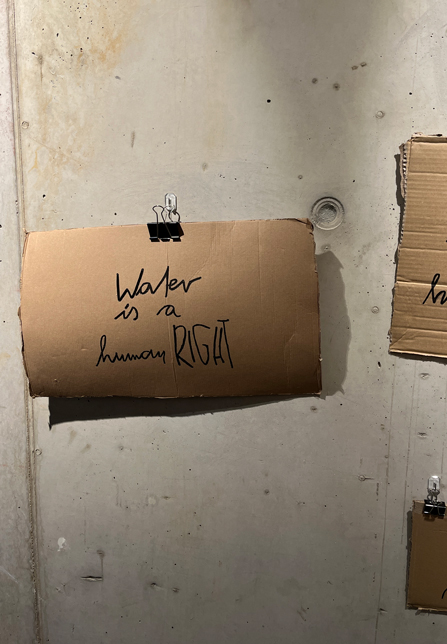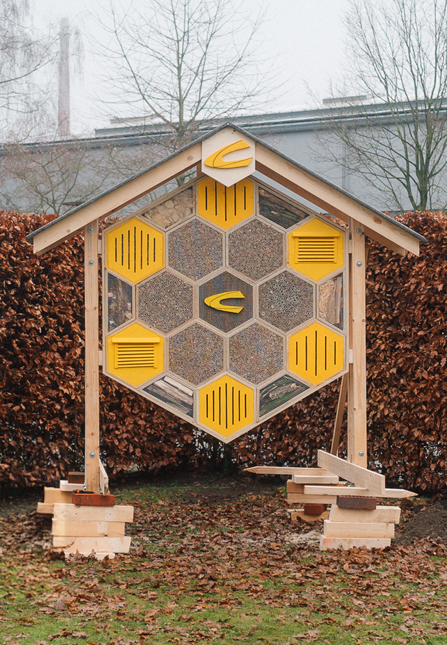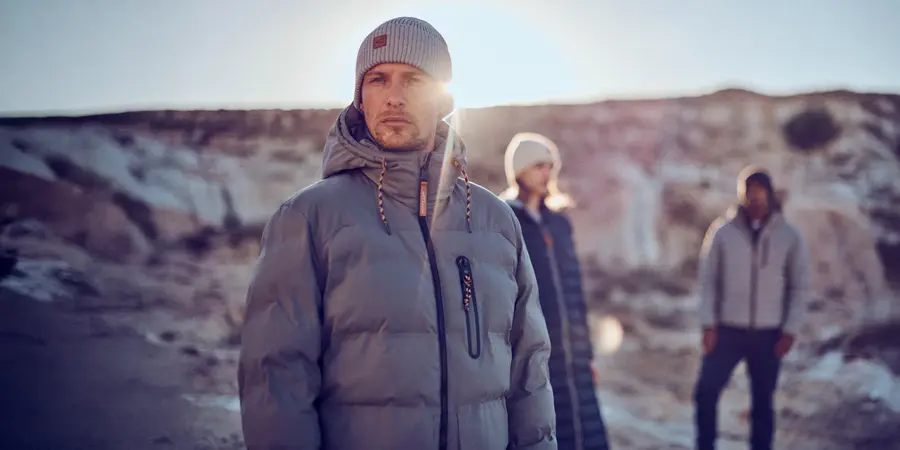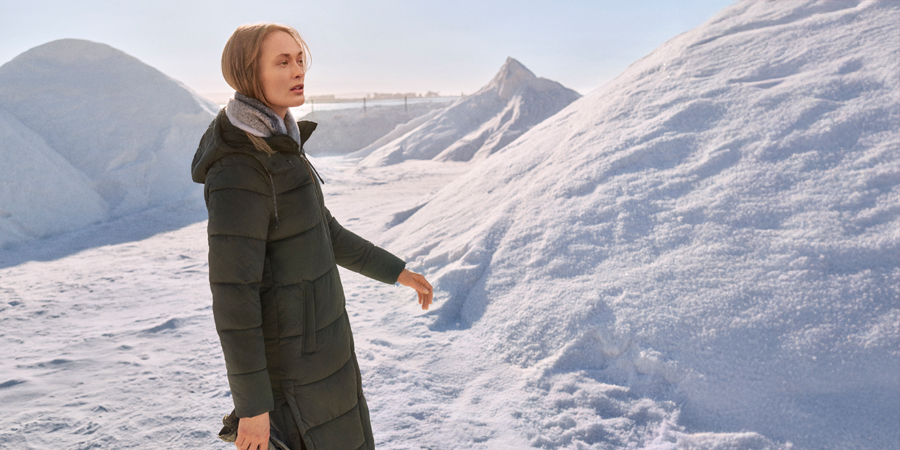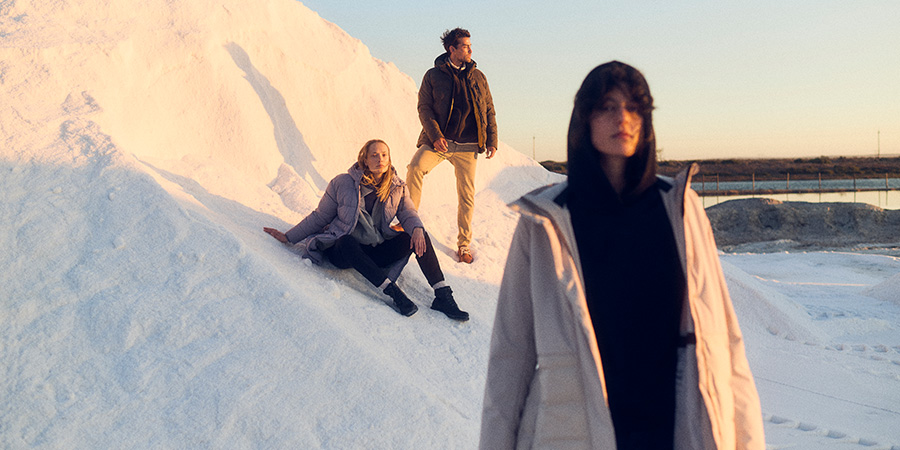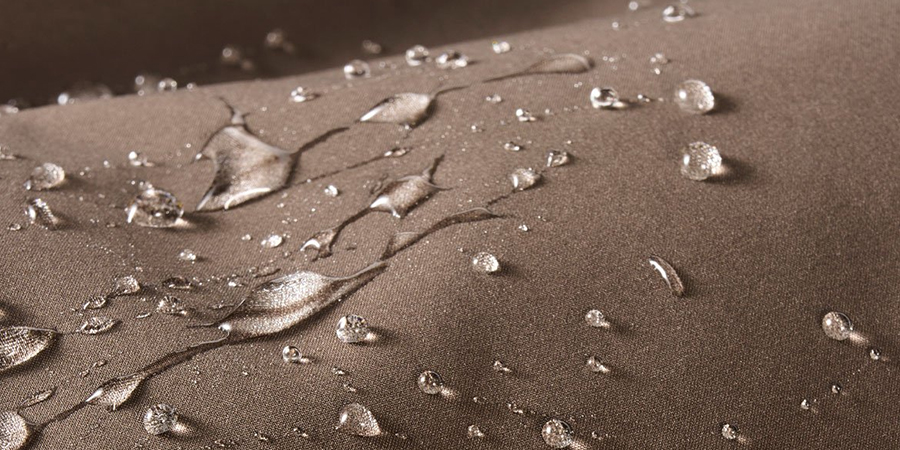
PEATLANDS FOR CLIMATE PROTECTION
They are swamp-like habitats with soft, spongy soil: bogs. They are formed on an impermeable substrate, which means that water can hardly or not at all run off. Because the soil contains little oxygen, dead plant remains do not decompose completely. Instead, they form peat over time; only certain species of bog plants can grow on these peat bogs, as well as special types of animals.
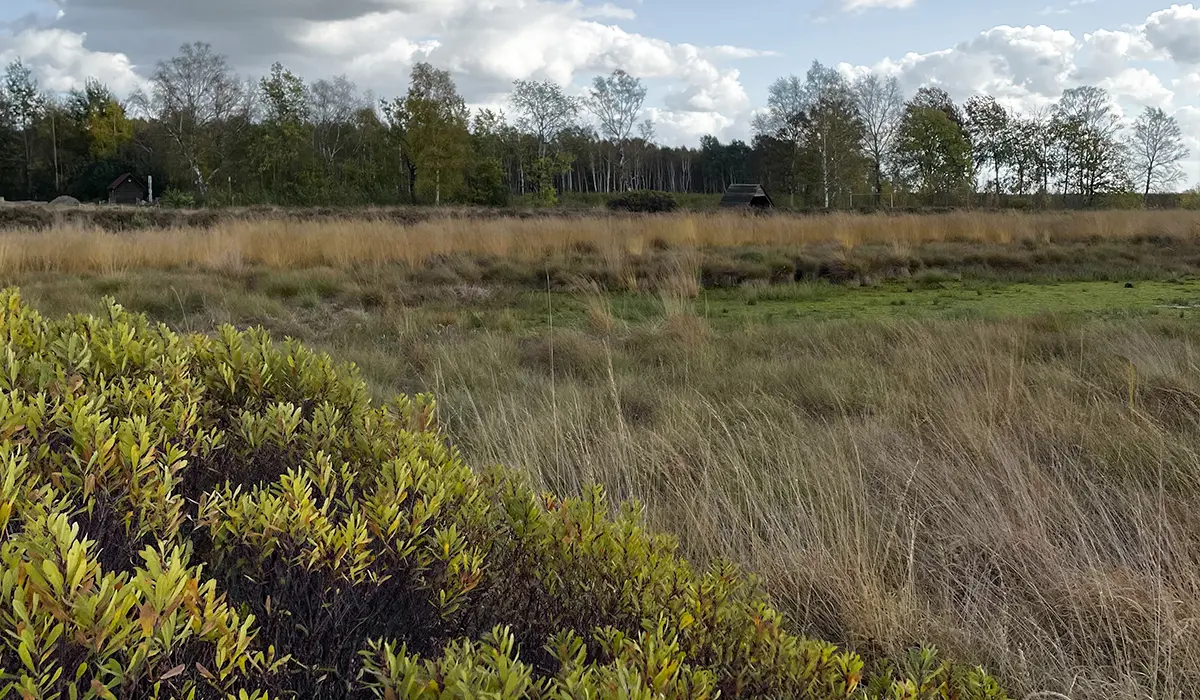
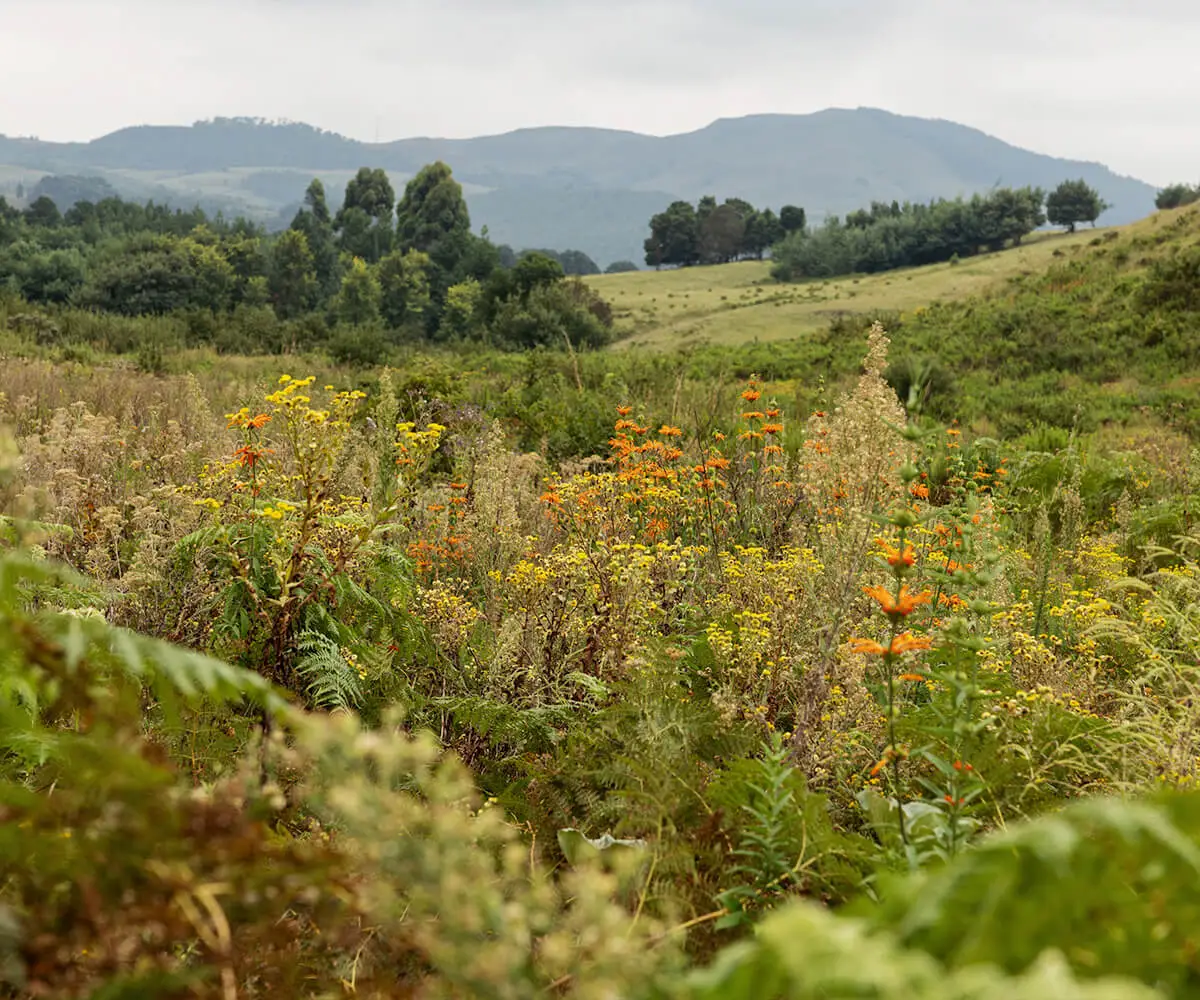
THE VERSATILITY OF MIRE LANDSCAPES
Depending on the nutrient content of the water, vegetation and peat composition, a distinction is made between fens, raised bogs and transitional bogs. Fens are those that are fed by groundwater near the surface and appear very rich in species. Raised bogs develop as a result of rainwater, and in the case of transitional bogs, both rainwater and very mineral-rich water merge.
If you set out to explore the landscape, you will soon discover a wide variety of plants in the bogs: reddish peat moss in the raised bogs, bitter clover in intermediate bogs and the flour primrose as the highlight of the fens. The biodiversity is astonishing - for plant protection alone, it is worth preserving the peatlands!

PEATLANDS DO DETOX
Moreover, peatlands have an important significance for nature, for the climate and an active benefit for environmental protection, or more precisely, to fight CO2.
CO2 levels in the atmosphere have never been as high as they are now, simply due to the sheer human existence on our overpopulated planet. Add to this economic and industrial activities that artificially enrich the air with carbon dioxide (CO2). Our atmosphere needs the so-called greenhouse gases that surround the globe like a protective shield and prevent too much heat from escaping, but now excess heat can no longer be dissipated through to space because of the dense CO2 blanket. Climate change has thrown the planet and its ecosystem out of balance. Many plant and animal species are threatened and so are we humans.
The increasing global warming can be stopped if the CO2 concentration in the earth's atmosphere is reduced. Fascinatingly, our planet has made its own provisions with peatlands, which as ecosystems absorb more carbon than they release! Although they make up only 3% of the world's land area, they store twice as much carbon dioxide as all forests combined. Last but not least, they are an important biotope for sometimes rare birds and mammals, numerous insects and lush plant life. Some examples: The pygmy shrew, the marsh grasshopper, the short-winged biting cricket, the brown hare, deer and the cottongrass or the spectacular "cottongrass flower". These species, some of which are protected species, find a refuge in the moors, as these areas are difficult to access for humans, and can thus survive and be preserved there.

BOGS & WATER
Peatlands can do even more! They can absorb precipitation like a sponge and thus protect against flooding during floods. They also act as important water filters by absorbing the nutrients and pollutants dissolved in the water and storing them in the peat.
DANGER FROM DRAINAGE, EXTRACTION OR ABANDONMENT
When peatlands dry out, pollutants such as nitrate and phosphorus are released from the peat and can enter groundwater, neighbouring lakes and rivers and even affect the quality of our drinking water. Peat is often extracted by humans, for example for cosmetic and medical purposes or for the production of potting soil. In some cases, entire peatlands are set aside for agriculture and forestry.
In both cases, this not only destroys a complete habitat, but also releases large quantities of climate-damaging gases. About 45 million tonnes of CO2 escape from drained German peatlands every year.
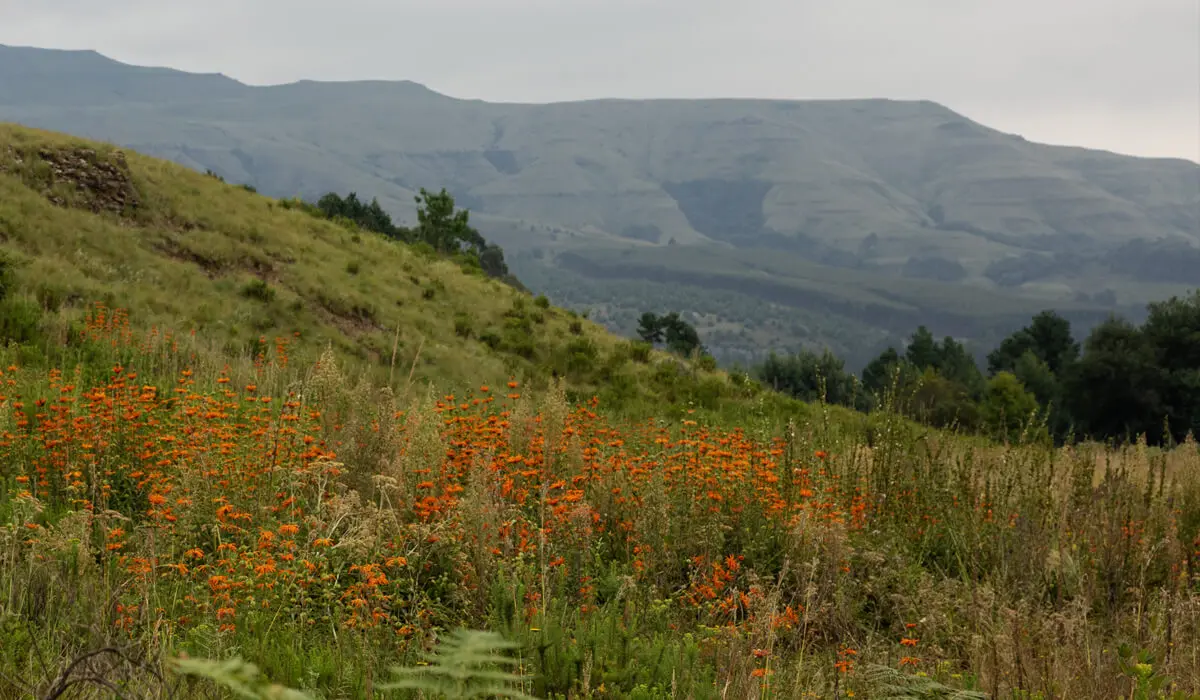
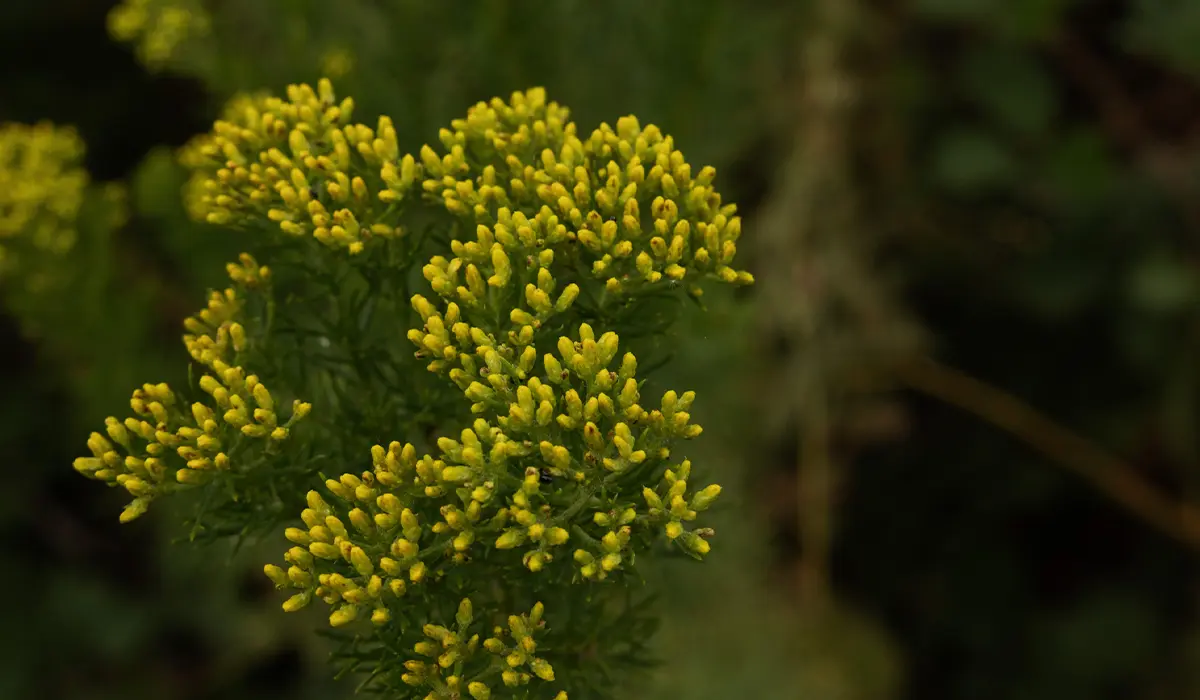
PROTECT PEATLANDS - MAKE AN ACTIVE CHANGE!
The bottom line: peatlands are unique habitats, are among the largest and most important CO2 reservoirs and provide flood protection - so it pays to preserve them!
Half of the world's wetlands are dried up or damaged and irrigating or reactivating peatlands could limit more greenhouse gas emissions in this century than restoring forests worldwide!
HOW TO PROTECT PEATLANDS
- Buy peat-free potting soil, otherwise you would be supporting peat cutting of the peatlands. Alternatives consist of green waste compost, coconut fibre, wood fibre or bark mulch.
- Develop an awareness of the importance of peatlands by, for example, taking a guided peatland walk, acquiring some knowledge and sharing this knowledge with others.
- Participate in the renaturation of the moors by becoming a moor sponsor.
Those who are actively involved in the conservation and restoration of peatlands are not only contributing to the protection of species and the environment, but also to the long-term salvation of our entire planet!

DISCOVER MOORS NEAR YOU
Here are the best-known peatland areas in Germany:
- Murnauer Moos (Bavaria)
- Wurzacher Ried (Baden-Wuerttemberg)
- Rambower Moor (Brandenburg)
- Schwarzes Moor (border triangle Hesse, Thuringia, Bavaria)
- Venner Moor (Lower Saxony)
- Wolfsbruch, Ebbemoore (North Rhine-Westphalia)
- Rotes Moor (Hesse)
- Stedtlinger Moor (Hesse)
Here are the best-known peatland areas in Austria:
- Tannermoor (Upper Austria)
- Schremser Hochmoor (Lower Austria)
- St. Lotenzener Hochmoor (Carinthia)
- Ellmau raised bog (Tyrol)
- Grießner raised bog (Salzburg)
Here are the best-known peatland areas in Switzerland:
- Langis-Glaubenberg mire landscape
- Sörenberg mire landscape
- Ibergeregg mire landscape
- Rothenthurm mire landscape
- Schächen Valley High Trail

